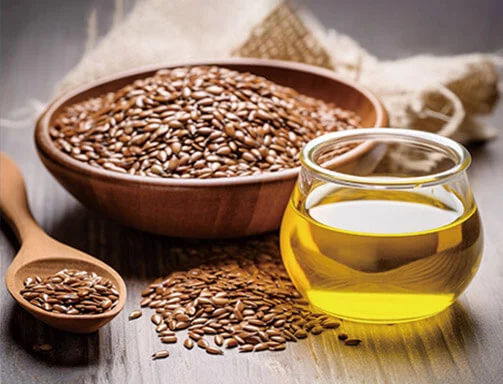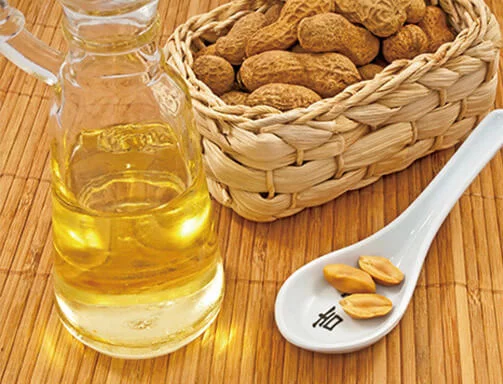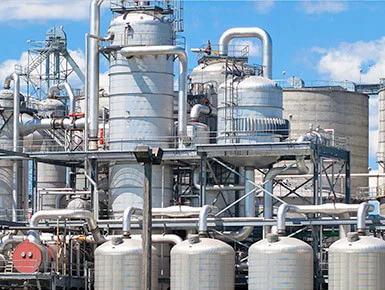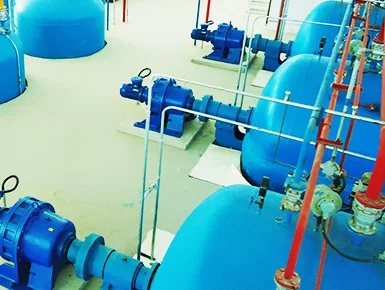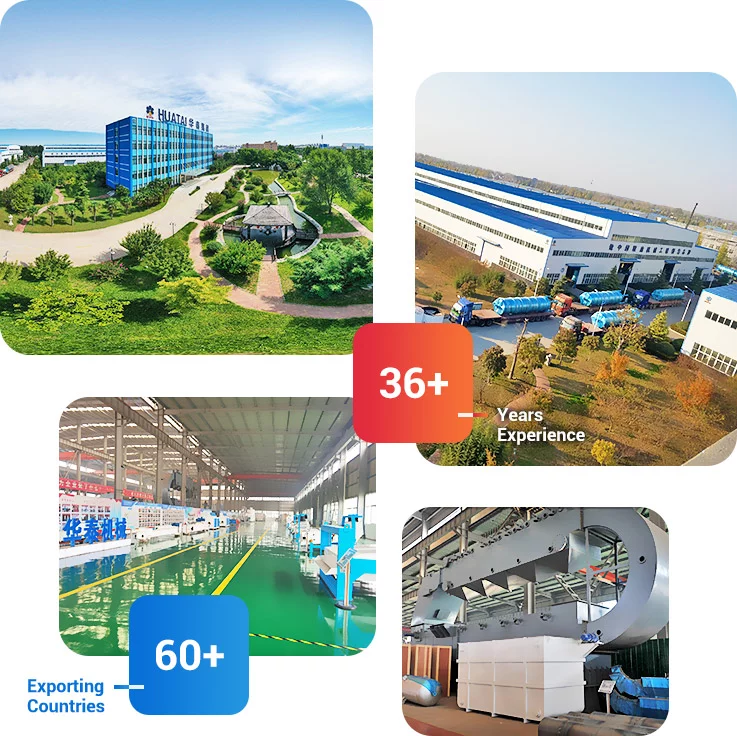![How to choose right edible oil production line?]()
Clarify production needs
Raw material typeDetermine the type of oil to be processed (such as peanuts, soybeans, rapeseed, sunflower seeds, etc.). The physical properties of different raw materials (oil content, moisture, fiber content) affect the equipment selection.
Example: High-oil-content raw materials (such as peanuts) are suitable for pre-pressing and solvent extraction processes, while low-oil-content raw materials (such as soybeans) require more efficient pressing equipment.
Production scaleMedium and large-scale (daily output > 1 ton): give priority to continuous screw oil presses or fully automatic production lines to improve efficiency.
Super large-scale (daily output of more than 10 tons): customized design is required, with supporting modular equipment such as solvent solvent extraction and refining.
Product positioning
Virgin oil: requires low-temperature pressing technology (such as cold press) to retain nutrients.
Refined oil: requires supporting refining equipment (degumming, deacidification, decolorization, deodorization, etc.).
Flavor oil: choose traditional wood or hydraulic oil presses to simulate the flavor of manual pressing.
Oil pressing process selection
Pressing methodPre-pressing + extraction: suitable for raw materials with high oil content, first squeeze part of the oil, and then use solvent to extract the remaining oil, high efficiency but requires solvent recovery equipment.
Cold pressing: Pressing at low temperature, retaining nutrients, suitable for high-end products, but low oil yield.
Hot pressing: high-temperature steaming and frying before pressing, high oil yield, rich aroma, but requires a steam heating system.
Extraction methodSuitable for raw materials with low oil content (such as soybeans), requires solvent (n-hexane) extraction, requires supporting evaporation and refining equipment, high investment but high oil yield.

Key points for equipment selection
Core equipment typeScrew oil press: continuous operation, suitable for large-scale production, attention should be paid to the screw material (wear-resistant alloy) and the design of the pressing chamber.
Hydraulic oil press: stable pressure (up to 100MPa or more), suitable for small batches of high-oil materials (such as sesame and walnuts).
Fully automatic production line: integrated cleaning, shelling, drying, pressing, refining and other modules, suitable for standardized production.
Automation degree: automatic feeding, temperature control, pressure regulation and other functions can reduce manual intervention.
Fourth, brand and supplier evaluation
Brand selectionDomestic brand:
Henan Huatai Cereals and Oils Machinery (high cost performance, perfect after-sales service).
After-sales serviceProvide installation and commissioning, operation training, spare parts supply.
Cost and return on investment
Budget allocationEconomic type (50,000-100,000 yuan): small screw oil press + basic pretreatment equipment, suitable for workshops or retail.
Mid-range (200,000-500,000 yuan): fully automatic production line (including cleaning, drying, pressing), daily processing capacity of 5-10 tons.
High-end (more than 1 million yuan): refined oil production line, in line with food grade standards, daily processing capacity of more than 50 tons.
Solvent loss (solvent extraction process): n-hexane recovery rate must reach more than 95%.
Field investigation and testing
Factory inspectionCheck the supplier's production workshop to understand the equipment material (such as stainless steel 304/316 grade).
Require to provide a test report to test indicators such as oil yield and residue oil content.
Case referenceRequire suppliers to provide similar customer cases (such as daily output and failure rate data of a peanut oil factory).
Visit users on site to understand equipment stability and after-sales service response speed.
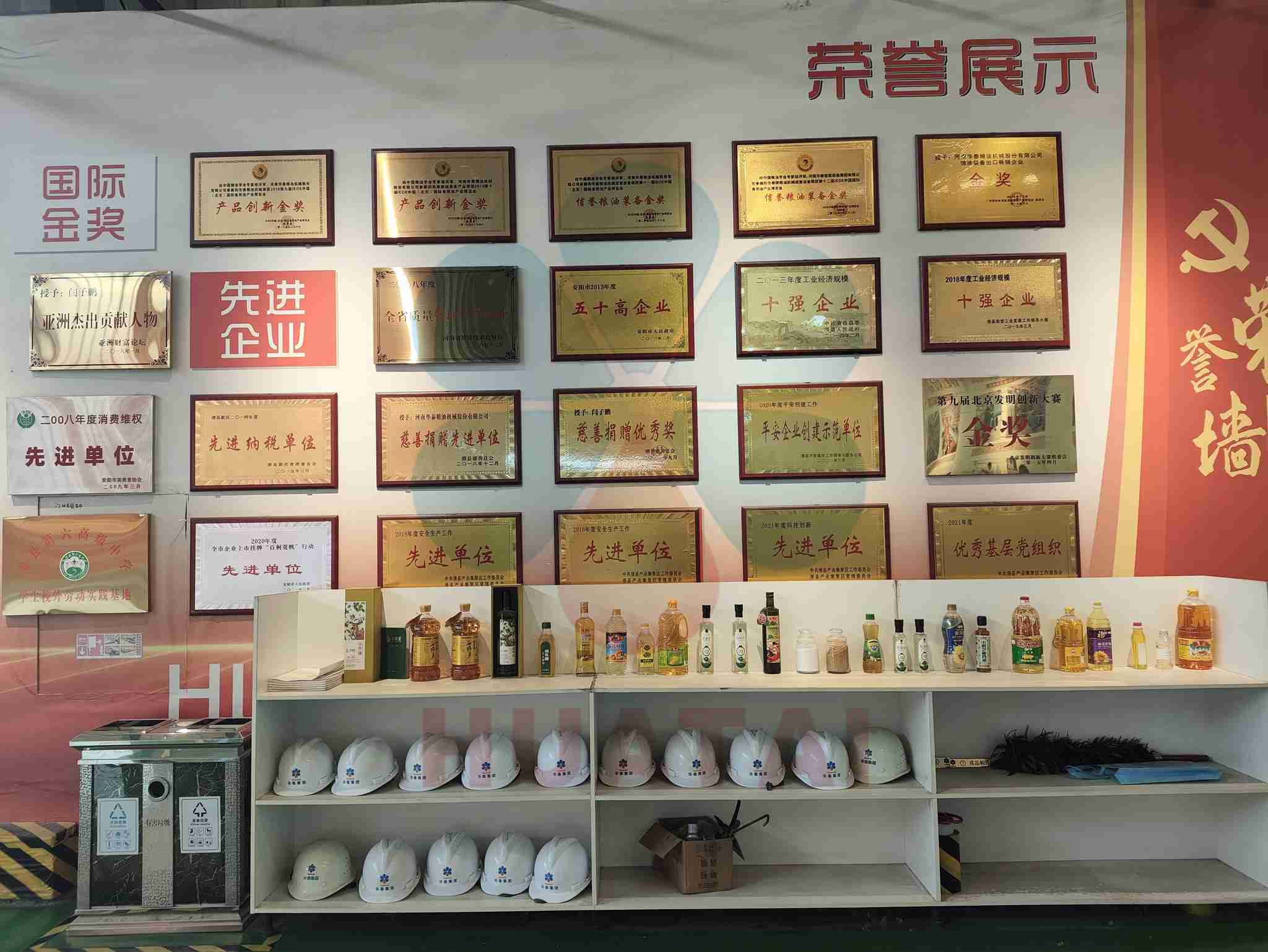
Scalability and upgrade
Reserved interface: refining, filling and packaging lines may be added in the future.
Modular design: convenient for later expansion of production capacity or adjustment of process.
Summary and suggestions
Medium-sized enterprises: Invest in fully automatic production lines to balance production capacity and cost.
Large enterprises: customized design, integrated leaching, refining, and automated control systems to ensure long-term competitiveness.
Through the above steps, combined with its own resources and market positioning, it is possible to efficiently select a suitable
oil pressing production line to achieve an optimal balance between quality, efficiency and cost.
![]() Service Coverage
Service Coverage
![]() FAQ
FAQ









